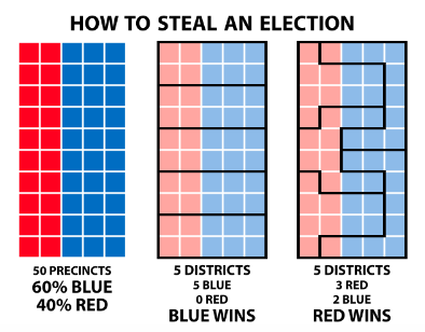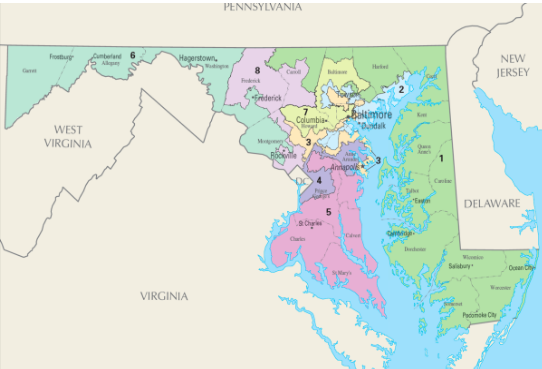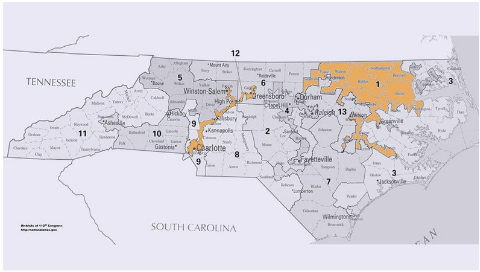LISTSOur biweekly lists lay out notable issues in the news and tell you what you can do about them.
|
SUBSCRIBE TO EMAIL UPDATES:
|
|
Hi everyone! We've been on summer break for a little but we're back and have a really important topic to cover. As the summer nears an end, election season is upon us. We'll be unveiling a special project related to elections across the country very soon. But it's essential that we address this before anything else. Voter suppression has been an issue in the United State since... forever, and it's been used to limit the votes of various groups that could threaten the powerful. It's also an especially pertinent issue now. The pandemic and the role of the postal service in the election has left lots of room for voter suppression. Also, Trump knows that there is a lot of discontent with him, and he's scared! Any conversation about this year's elections would be incomplete without talking about voter suppression. So let's go! The History:When the United States began, only property-owning white males were allowed to vote. Over time, the wealth requirement was done away with. In 1869, the 15th Amendment was passed amid Reconstruction and after the Civil War. It granted every citizen the right to vote regardless of race. Immediately following the ratification of the 15th Amendment, voter turnout of Black men in the South increased. However, as with many other policies, Southern states soon found ways to circumvent the 15th Amendment and prevent Black men from voting using voter suppression. These politicians wanted to stay in power and hang onto the pieces of the slavery system that they could. That meant preventing Black men from voting because they knew it would unseat them and legitimize a movement that threatened them. Historical voter suppression tactics:
Sources: https://people.howstuffworks.com/voter-suppression2.htm https://www.aclu.org/facts-about-voter-suppression https://felonvoting.procon.org/state-felon-voting-laws/ https://www.americanbar.org/groups/crsj/publications/human_rights_magazine_home/voting-in-2020/blocked-from-the-ballot-box/ Spotlight on Gerrymandering:
Voter Suppression in 2020While voter suppression has been an ongoing issue in the United States, it has been exacerbated by the current COVID-19 pandemic, as more people are unable to leave their homes and go to voting centers. According to CBS news, 70% of voters have expressed a desire to vote by mail in the upcoming November election. With a record number of voters now planning to use mail-in ballots, President Trump has (inaccurately) argued that it will lead to massive voter fraud. Earlier this month, Trump admitted to blocking additional funding for the United States Postal Service in order to complicate the process of voting by mail. Additional funding was requested by states in order to handle the expected increase in mail-in ballots. Lack of funding is already dramatically slowing down the United States Postal Service, indicating that many mail-in ballots may not arrive in time to be counted for the general election in November. It is being recommended that people send in their ballots as soon as possible to decrease the chance of their ballot being disregarded. Already in the 2020 primary election, 65,000 ballots weren’t considered because they arrived late by mail. This indicates how big a threat the suppression of the United States Postal Service really is. This intentional sabotage of the postal service not only threatens people’s right to vote, but it also slows down other services that people across the country rely on, such as receiving medication in the mail, something which is very common, especially in more rural communities and throughout the current pandemic. In addition to a lack of funding, the current postmaster general, Louis Dejoy, who Trump appointed earlier this year, is a big Republican donor. Dejoy has introduced changes into the postal service, such as alterations in worker schedules and working hours, which significantly affect the swiftness of the postal service. Additionally, Dejoy reportedly enforced the removal of mailboxes and other mail equipment in order to delay postal service. Throughout all of this voting turmoil, uncertainty is growing on both sides of the issue, as people across the country are losing confidence that their ballot will be considered, and in the validity of those votes that are counted. Equally as important are the devastating effects that these USPS delays are having on many Americans. The USPS is the largest employer of veterans, and its union has the most Black union-members of any union in the US. Many Americans are dependent on the USPS for medicine and other necessities, especially those who can't go outside due to the pandemic. Trump putting these people's lives at risk to rig an election in his favor is purely evil. Articles to read for additional information: Trump's USPS attacks are already undermining confidence in vote by mail Can the Post Office Handle Election Mail? Why the Recession Could Actually Help Take ActionSaving the USPS: - Super quick action: Text USPS to 50409 to send a letter to your reps (using Resistbot, one of our favorite tools). - Urge your Senator to pass H.R. 8015, which the House just approved. It would halt Trump's changes to the USPS until after the election and increase the USPS' budget (read more here). Phone number: 202-224-3121 (ask for your Senator) Script: Hi, my name is ____ and I'm from _____. I'm calling to ask you to please support H.R. 8015, the Delivering for America Act, to help protect the USPS. During this pandemic, it is simply not safe for many Americans to vote in person and they must vote by absentee ballot instead. President Trump has admitted to trying to hurt the postal service in order to interfere with these absentee ballots. This blatant act of fascism is not only threatening voting rights, it's stopping Americans from receiving their postal service with important things like medication. We cannot let Trump's selfishness get in the way of the essential work of the USPS. Please vote for the bill when it comes to the floor, and co-sponsor it if you have not yet done so. Thank you." - Sign this petition (there are also actions to take in the description!). - Buy some stuff! Here is a link to the USPS Stamp Store, which has lots of cool collections. And here is a link to some literal USPS merch. - Stay updated with Save The Post Office, a movement to do, well, just what the name says! Fighting Voter Suppression: - The incomparable Stacey Abrams and her organization Fair Fight are doing incredible work to end voter suppression. Please consider donating to them or volunteering nationally or in Georgia! Find all the links here. - Volunteer with When We All Vote for some voter-registration-specific action We'll see you soon!
Peace and Power, Teens Resist Contributors to this list: Leo Levine, Miranda Licardo, Christopher Giang, Rivka Stasavage, Sonia Chajet Wides, Kate Griem
0 Comments
Leave a Reply. |
UPdatesThese lists include featured organizations, scripts, numbers, news updates and inspirational activists. Archives
January 2022
Categories |
About |
Content |
|



 RSS Feed
RSS Feed
